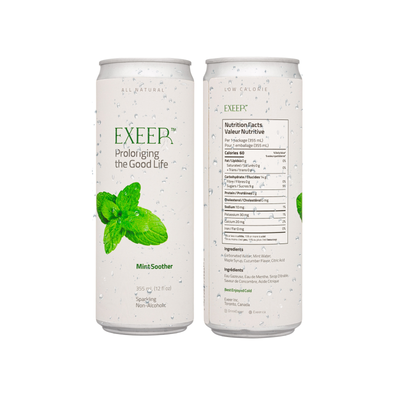Exploring the Botanical World of Beverage Ingredients: Common Plants Used in Botanical Beverages

1. Herbal Teas:
Herbal teas are perhaps the most well-known botanical beverages. They are made by infusing various parts of plants in hot water, creating delightful and aromatic drinks. Common herbs and plants used for herbal teas include:
Peppermint: Known for its refreshing and soothing qualities, peppermint is often used to create invigorating herbal teas.
Chamomile: With its calming and relaxing properties, chamomile is a popular choice for bedtime teas.
Lemon Balm: This citrus-scented herb lends a bright and lemony flavor to teas, making it a favorite for both taste and relaxation.
Lavender: Lavender is valued for its aromatic qualities and is often added to teas to promote relaxation and stress relief.
2. Infused Waters:
Infused waters, also known as spa waters, are created by adding fresh fruits, herbs, and sometimes vegetables to cold water. The plants infuse the water with their flavors and, in some cases, health benefits. Common ingredients for infused waters include:
Cucumber: Adding slices of cucumber to water creates a refreshing and hydrating drink, perfect for hot days.
Citrus Fruits: Lemons, limes, oranges, and grapefruits can be used to add zesty and tangy flavors to infused waters.
Berries: Strawberries, blueberries, raspberries, and other berries infuse water with a subtle sweetness and vibrant color.
Mint: Fresh mint leaves bring a cooling and invigorating element to infused waters.
3. Tisanes:
Tisanes are similar to herbal teas but can also include flowers, leaves, and even fruits. They offer a variety of flavors and aromas. Some notable tisanes include:
Rosehip: Rosehip tisanes are made from the fruit of the rose plant and are rich in vitamin C.
Hibiscus: The vibrant hibiscus flower lends its deep red hue and tangy flavor to tisanes, which are often enjoyed both hot and cold.
Nettle: Nettle leaves are used to create tisanes that are believed to have potential health benefits, including supporting digestion.




